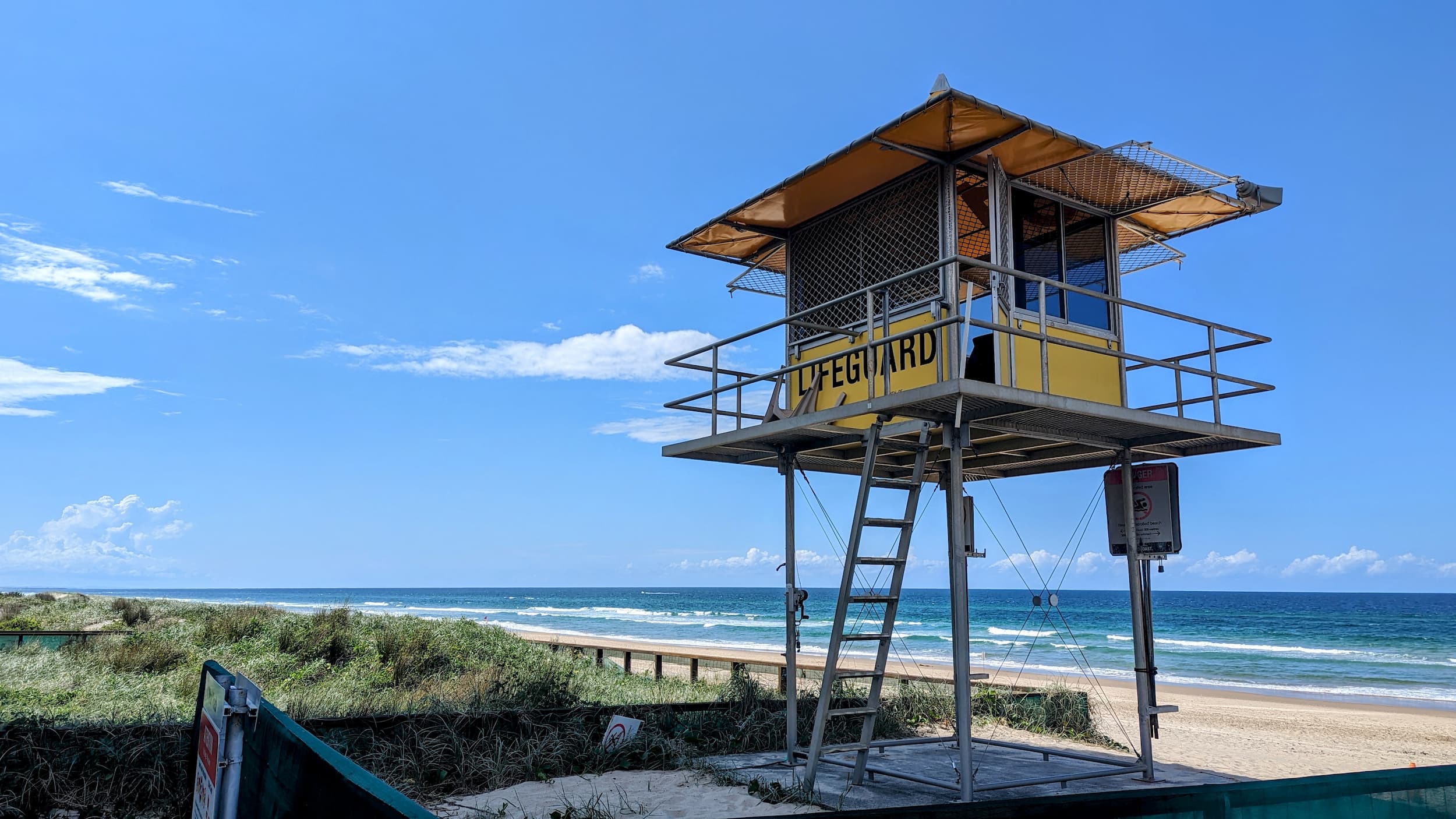For some people, planning a holiday and working out all the logistics is part of the fun of the trip. Other people like to fly by the seat of their pants and make it all up as they go along.
No matter what kind of traveller you are, we have the crucial info you need to make sure your holiday is all smooth sailing (or driving, or flying, or riding).
There’s nothing worse than turning up at your holiday destination to find that you don’t have the right clothes for the weather, or your phone charger doesn’t work in the power outlet. Where can you get cash from? Why is everything closed today?
Don’t stress – we answer all your questions and more.
National Weather
Time Zones
Australia is the world's sixth largest country and is divided into three separate time zones.
Public Holidays
Our National Public Holidays are New Year's Day, Australia Day, Good Friday, Easter Monday, Anzac Day, Christmas Day and Boxing Day. All other public holidays are individually declared by the state and territory governments. See the Australian Government website for more information: https://info.australia.gov.au/about-australia/special-dates-and-events/public-holidays
Electrical Plug
When traveling to Australia, be sure to know the electrical plugs and voltage used in the country. Australian plugs use three flat pins in a triangular pattern and operate on 220-240 volts. Adapter plugs are available, but be sure to check the wattage rating of your appliance to ensure that it will not exceed the adapter plug’s wattage limit.
Currency
1. The currency in Australia is the Australian dollar (AUD).
2. Australian currency is often abbreviated to “AUD” or “$”.
3. Notes are available in denominations of $5, $10, $20, $50 and $100 AUD.
4. Coins are available in denominations of 5, 10, 20 and 50 cents, as well as $1 and $2 AUD.
5. It’s not uncommon for businesses to round prices up or down to the nearest 5 cents. So if something costs $6.35, you may be charged $6.40 or $6.30.
Banking
There are four main banks in Australia:
FAQs for Visiting Australia
Australia is a big place. If you try to drive around the country, you’re going to spend a lot of time in the car. Keep the driving for intra-state travel, like road trips on the Great Ocean Road, along the eastern coast, and through the Barossa Valley. If you’re planning to see a few states and cities, the best way to go between them is to fly. Domestic air travel is offered by a few local airlines and costs vary.
Australia doesn’t have a strong tipping culture. Hospitality staff are paid a decent wage so they don’t rely on tips to make a living. As a general rule, only tip if you feel you have received exceptional service.
It depends where you’re travelling. Kangaroos are wild in Australia, but you don’t see them hopping around major cities (at least most of the time). When you get out into the Australian bush, you can expect to see all sorts of native wildlife, like kangaroos, koalas, echidnas and platypus. And if you don’t want to leave it to chance, visit a wildlife sanctuary instead!
It’s true that Australia is home to the most dangerous snakes and spiders in the world (we also have deadly jellyfish, octopus, sharks and crocodiles!). If you’re visiting Australian cities, you’re unlikely to encounter anything really scary. If you are going out into the bush, take some precautions. Wear closed shoes, watch where you step, and carry a torch at night.
Australians love their food and you can definitely find a good feed when you visit. With such a strong history of migration from all over the world, we have people from almost every nation and culture. In our capital cities, we are lucky to offer cuisine from just about everywhere! If you’re going off the beaten track however, your favourite exotic dish might be hard to come by – although you’d be surprised which small country towns offer up an amazing spicy curry, bowl of ramen, or plate of escargot!

